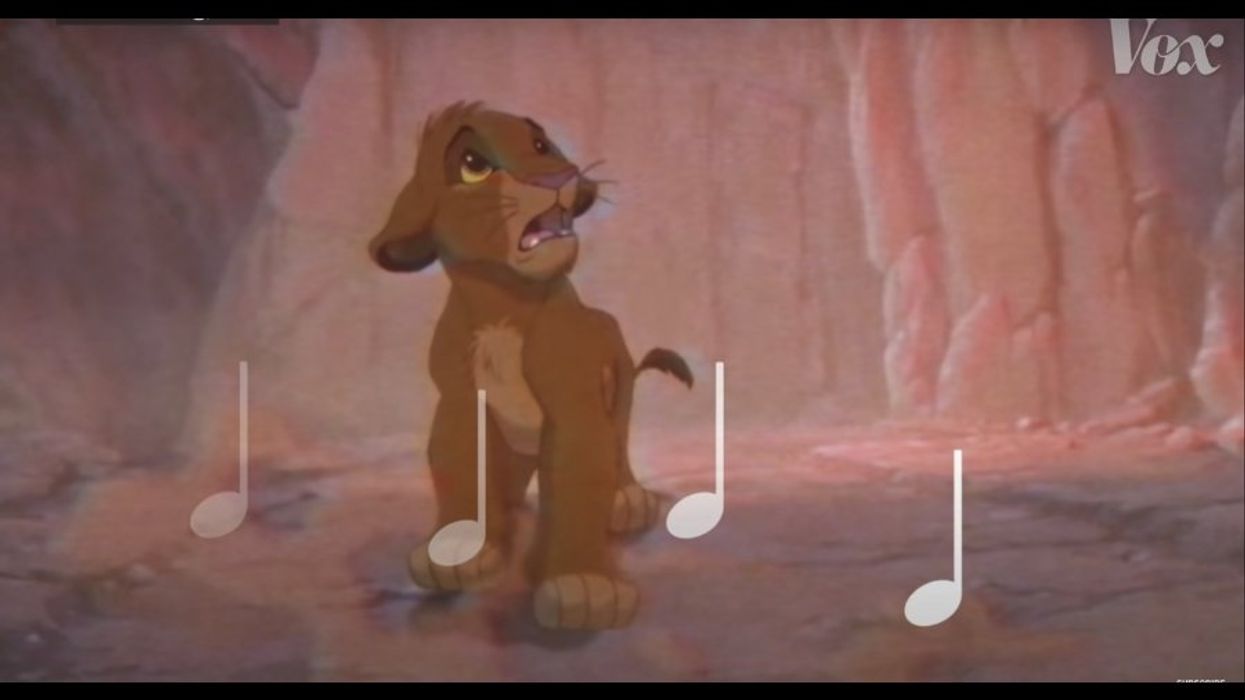
You’ve probably heard the Dies Irae dozens of times, even if you don’t recognize it by name. The iconic melody can be found in The Shining, The Nightmare Before Christmas, The Lion King, Jurassic Park, Harry Potter and the Sorcerer’s Stone (and others in the Harry Potter franchise), The Lord of the RIngs and other films with scenes that evoke a sense of terror or tragedy
It’s technically only four notes, though the films above may embellish or extend it in their themes. Meaning “day of wrath” in Latin, the Dies Irae comes from a 13th-century Gregorian requiem—a Catholic mass traditionally sung at funerals.
Many classical composers used the Dies Irae in their famous requiems. You can get a sense of the dark, intense melody from Mozart in 1791 here:
As Vox explains, we’ve been associating the Dies Irae with death for almost 800 years, thanks to Gregorian Catholic monks. From the very beginning of cinema, when silent films were accompanied by live orchestras, the Dies Irae was used to create the dark intensity a filmmaker was going for. And here we are today, still using it.
What is it about four simple notes that evokes a sense of dread in us? Berklee College of Music professor Alex Ludwig explains that those notes are in “Dorian mode,” which is a minor mode, with notes right next to each other on the keyboard. The notes are also descending.
“Minor music has always had this connotation of sadness, of darkness,” Ludwig says. “Our ears are trained not to like those sounds together. Musical lines that descend are sad, whereas music that ascends, that rises, is much happier.”
Once you hear the Dies Irae, you’ll recognize it in so many movies. Watch Vox’s explanation of how it works:
